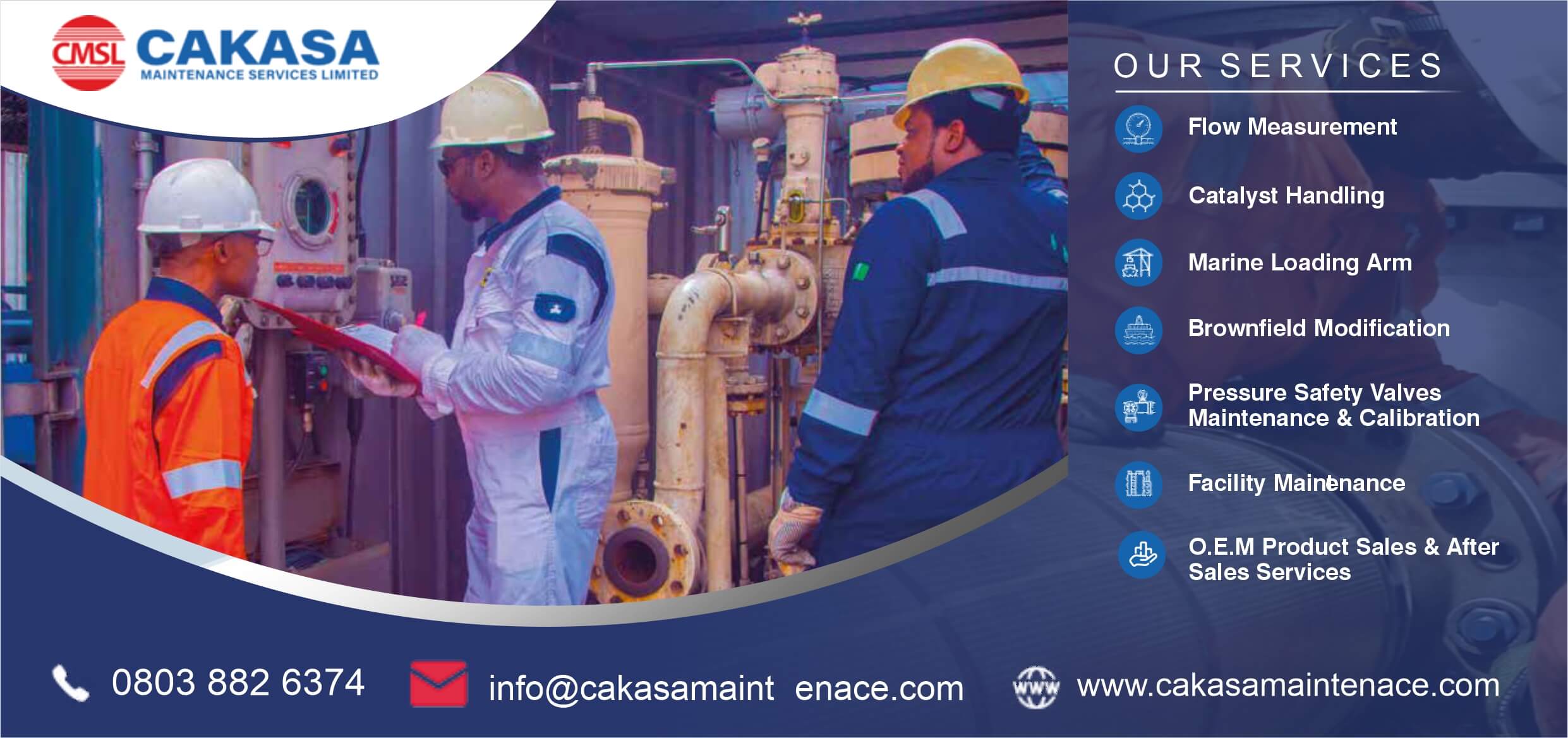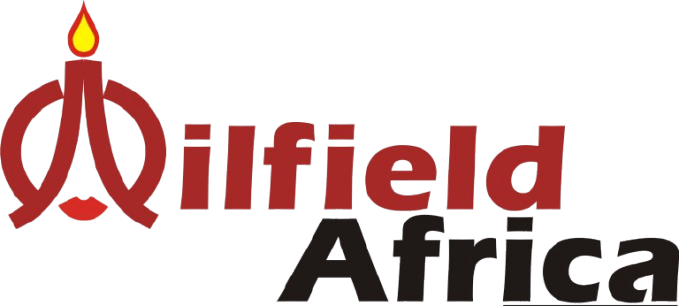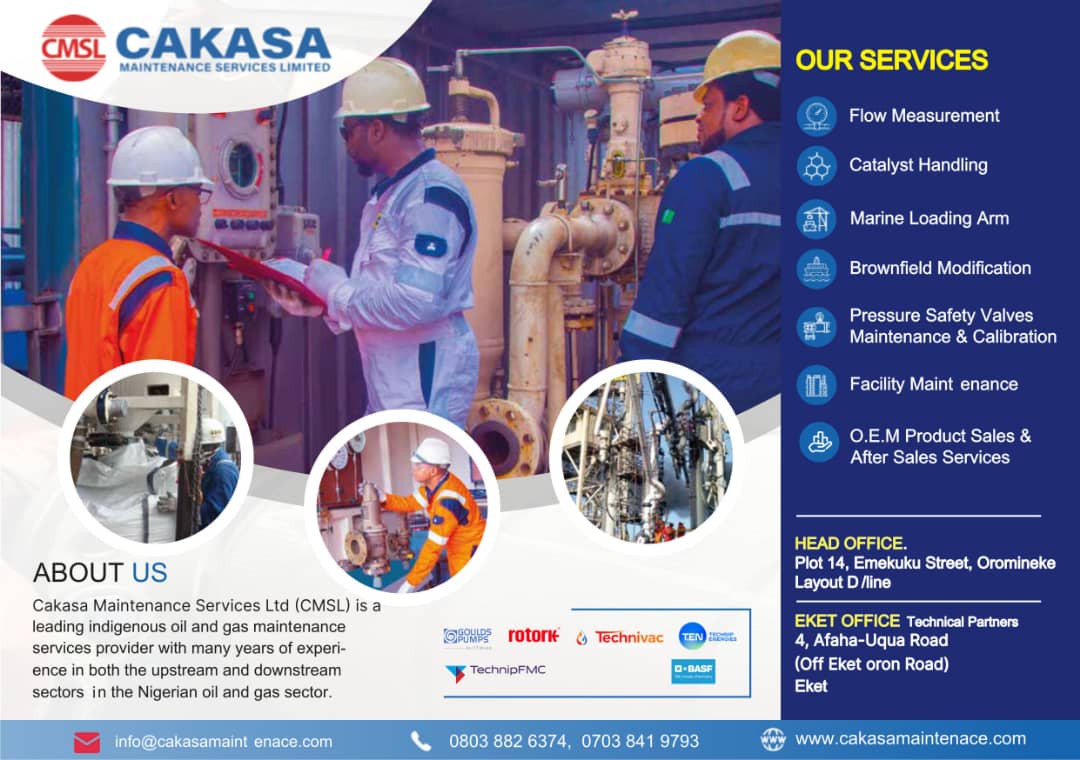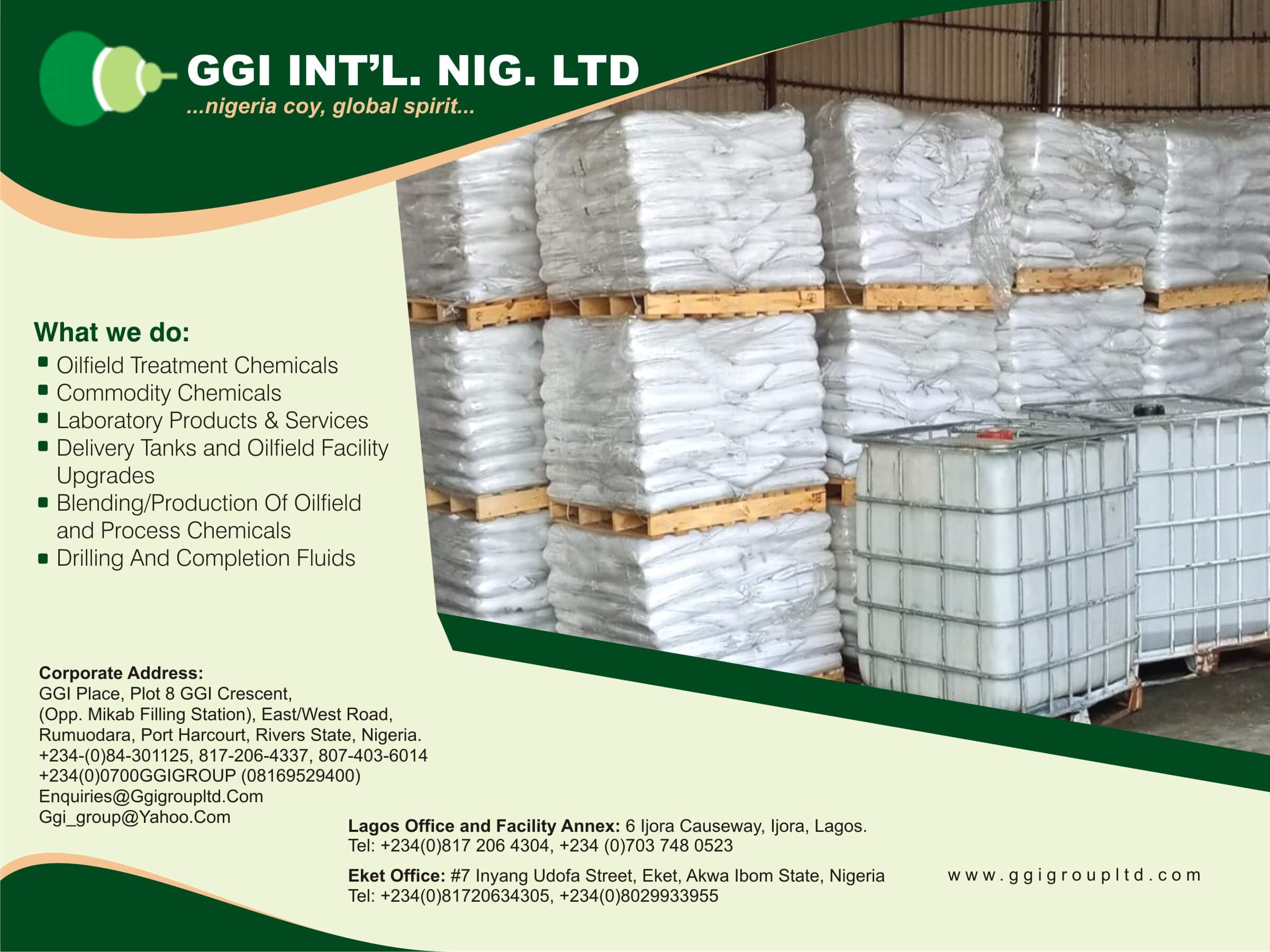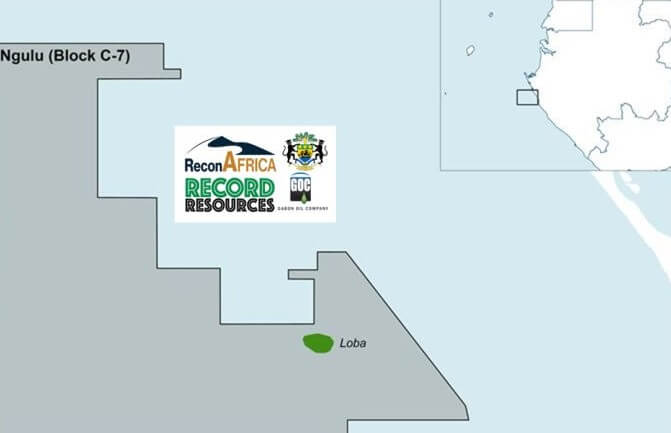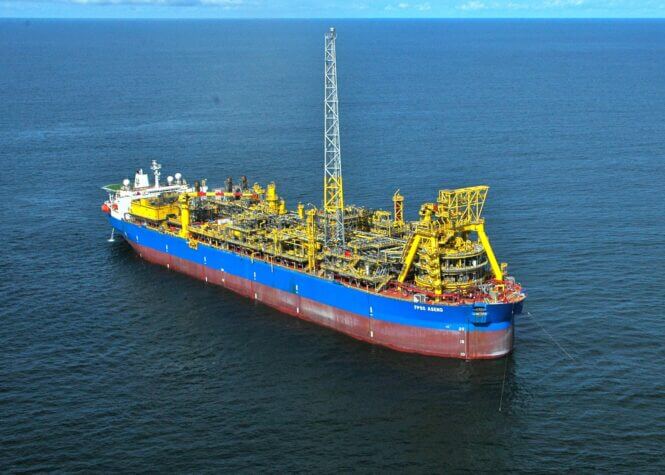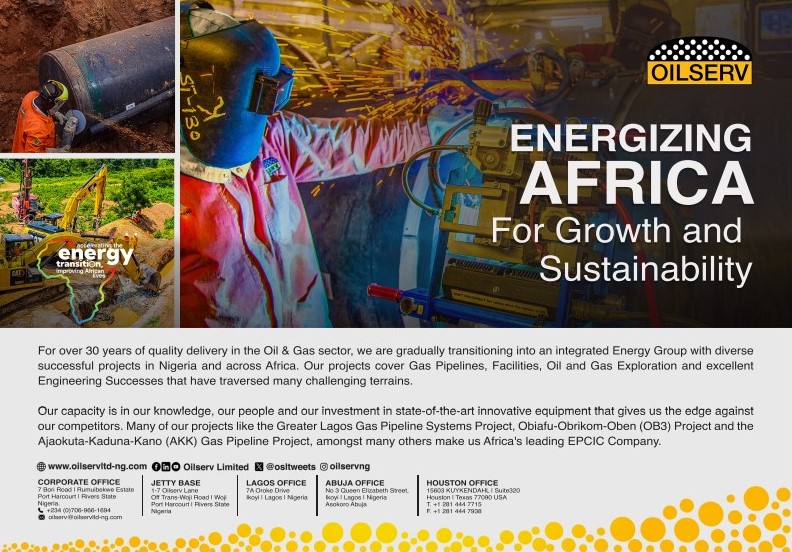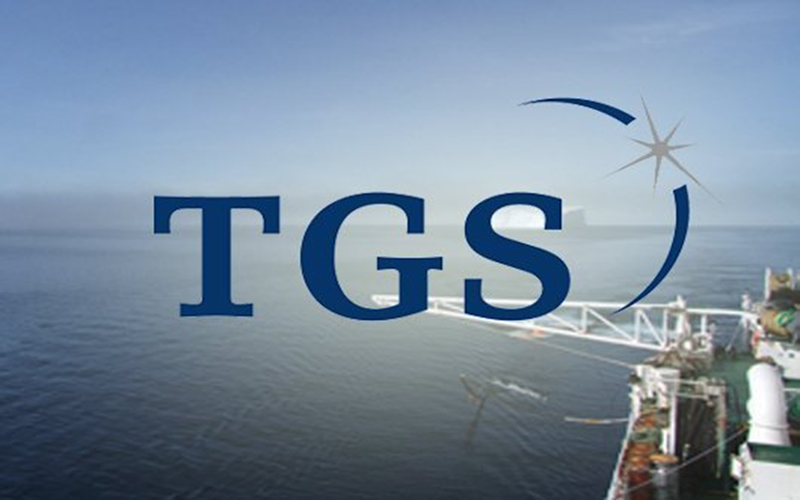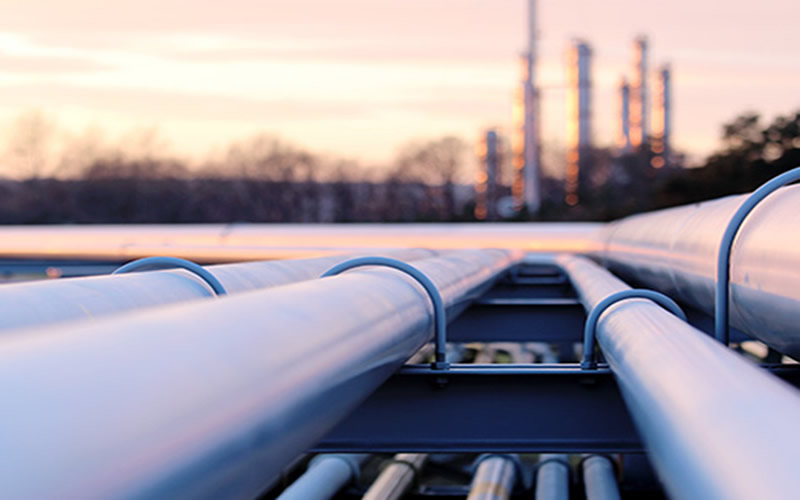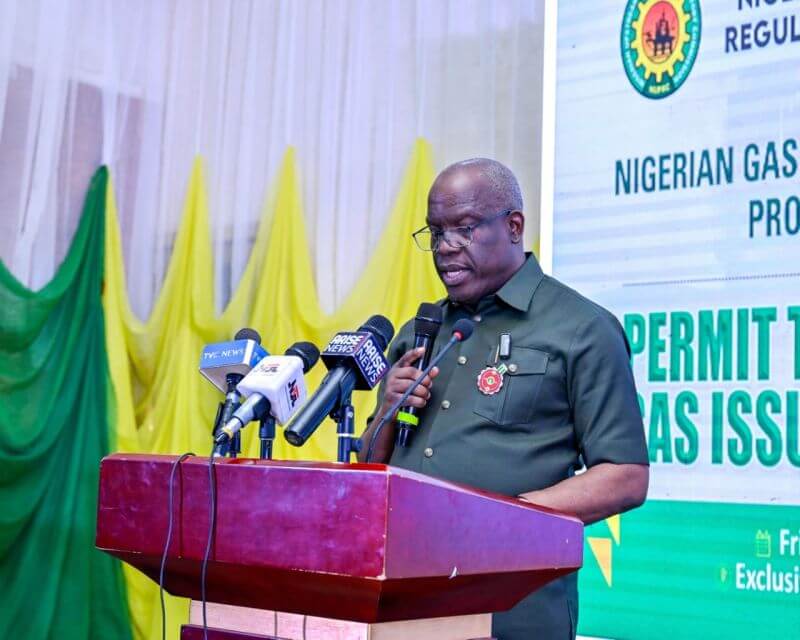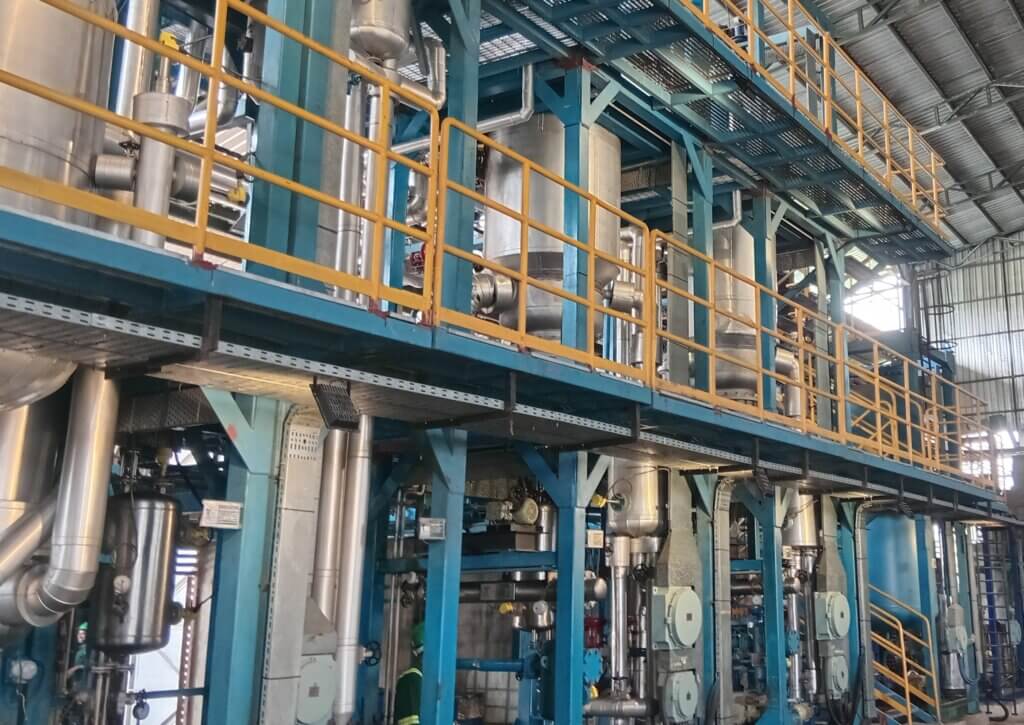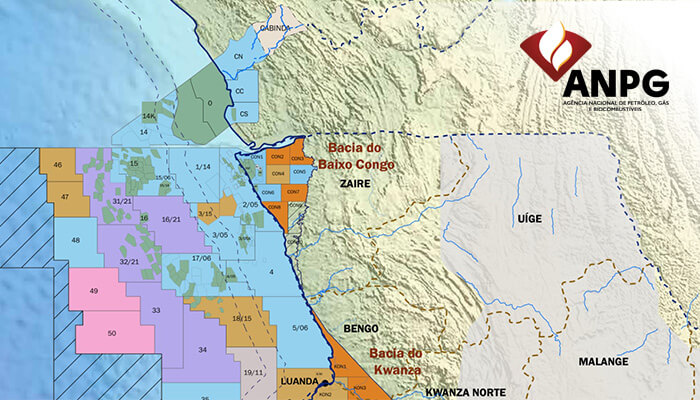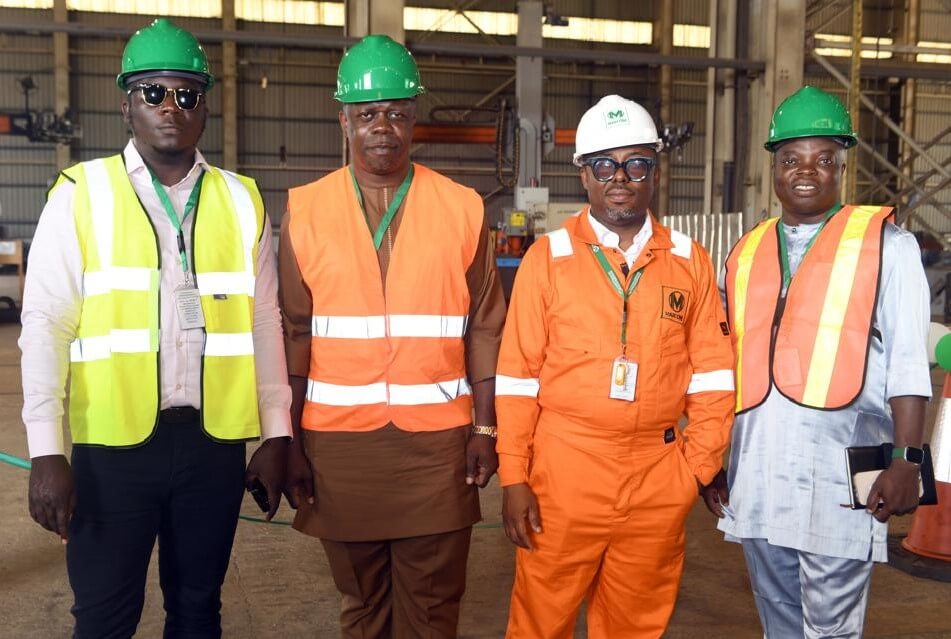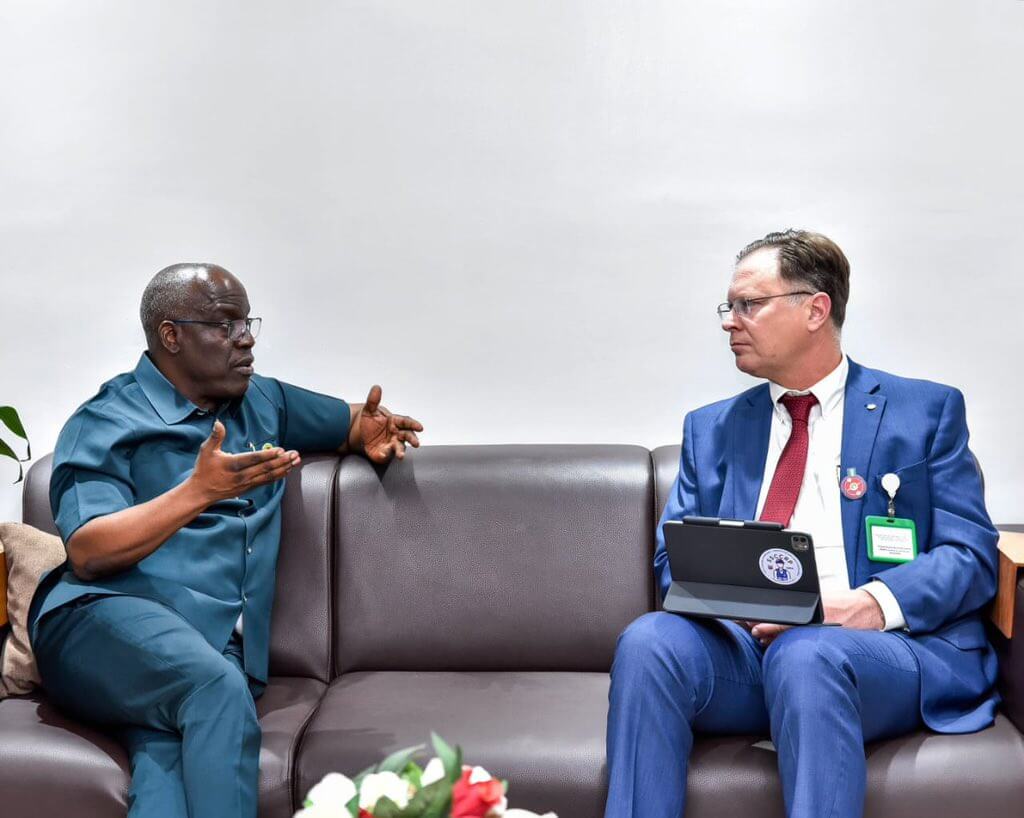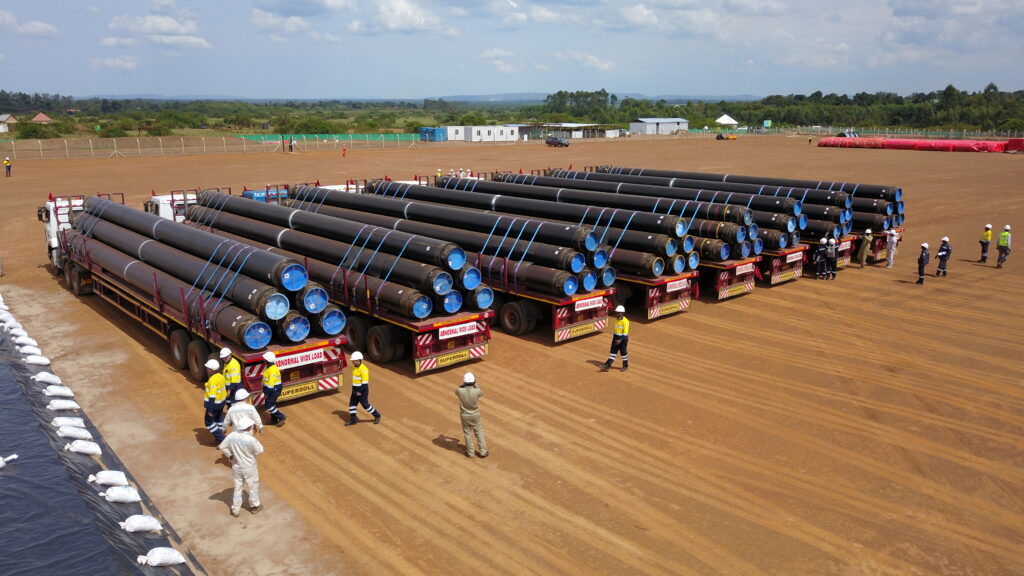
EACOP project has continued to witness a steady progress in its general operations. The key milestones achieved so far by the company are highlighted recently in its monthly operations update in the month May 2025.
According to the disclosure, the overall project completion stands at 60.6%, with engineering nearly complete at 99.6%. Construction work has reached 31.1%, including 12.2% progress on pipeline construction and 53.1% on Above Ground Installations (AGIs).
On the 1,444 km pipeline, we’ve made significant headway: 652 km of pipe has been delivered to the Main Camp and Pipe Yards (MCPYs), 300 km strung, 296 km welded, 29 km trenched, and 25 km lowered into the ground.
“Each of these milestones brings us closer to delivering a safe and sustainable pipeline across Uganda and Tanzania. We look forward to keeping you updated about the progress of the EACOP,” EACOP
Beyond construction, May also saw EACOP participating in the 2025 Oil and Gas CSO Conference in Uganda, where we reaffirmed our commitment to human rights and stakeholder engagement. In Tanzania, EACOP and Chakwet signed a funding agreement to support biodiversity conservation efforts, reinforcing our dedication to environmental stewardship.
EACOP Ltd., the company in charge of the construction and future operation of the East African Crude Oil Pipeline project from Kabaale in Uganda to Tanga in Tanzania, was in April announced the closure of the first tranche of external financing for the project, provided by a syndicate of financial institutions including regional banks such as African Export Import Bank (Afreximbank), The Standard Bank of South Africa Limited, Stanbic Bank Uganda Limited, KCB Bank Uganda and The Islamic Corporation for the Development of the Private Sector (ICD).
The East African Crude Oil Pipeline is a crude oil export infrastructure that will transport Uganda’s crude oil from Kabaale – Hoima in Uganda to the Chongoleani peninsula near Tanga in Tanzania for export to the international market. Upon completion, it will have the capacity to transport 246,000 barrels of crude oil per day.
This major export system includes 1,443 km (296 km in Uganda and 1,147 km in Tanzania) of insulated and buried 24-inch pipeline, 6 pumping stations, two pressure reduction stations and a marine export terminal in Tanzania (with a 3 MWp solar plant), all along connected to national primarily hydro- based grids for power supply. The project is committed to the highest Environment and Social standards such as those of the International Finance Corporation and the Equator Principles.












